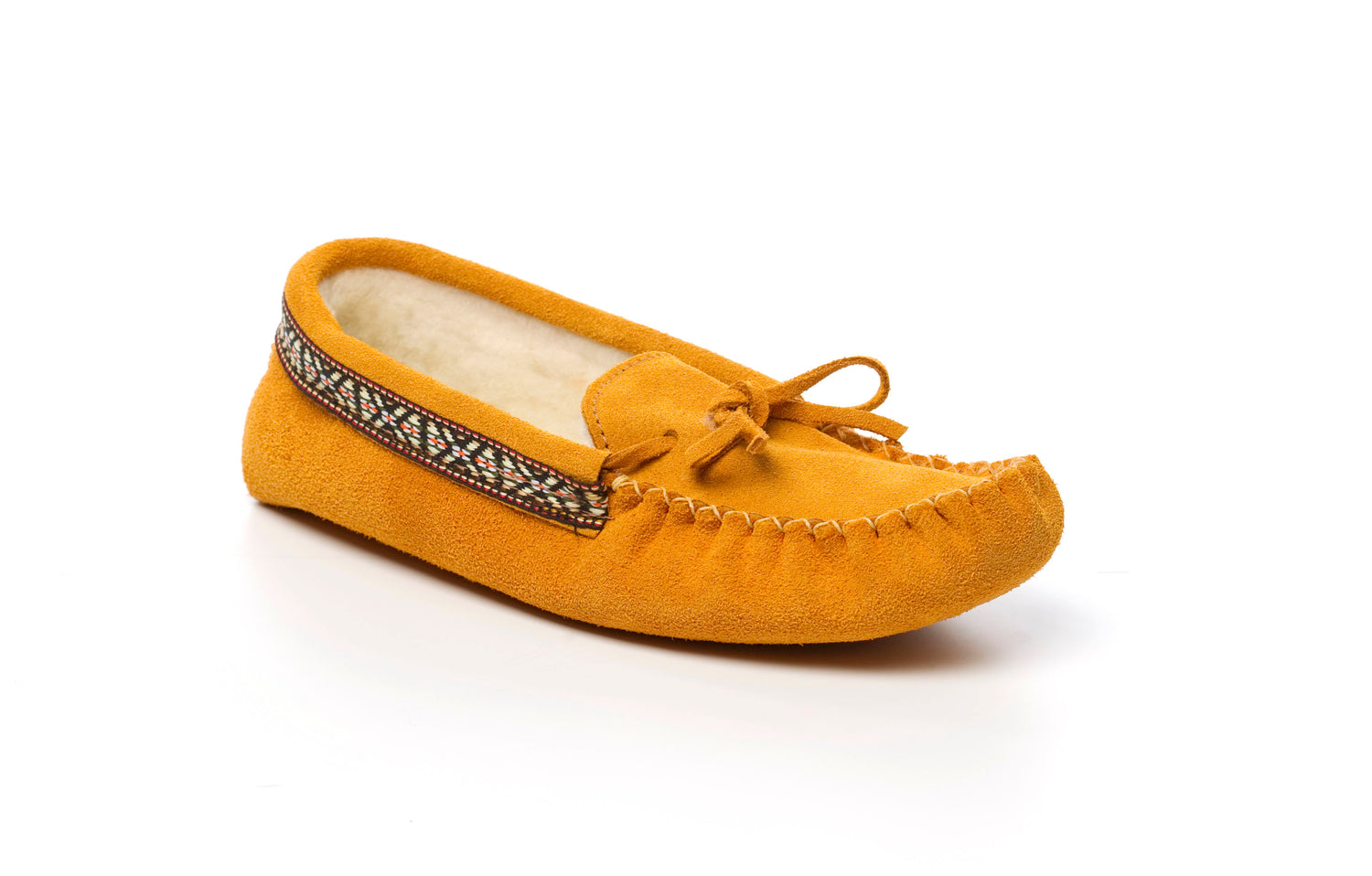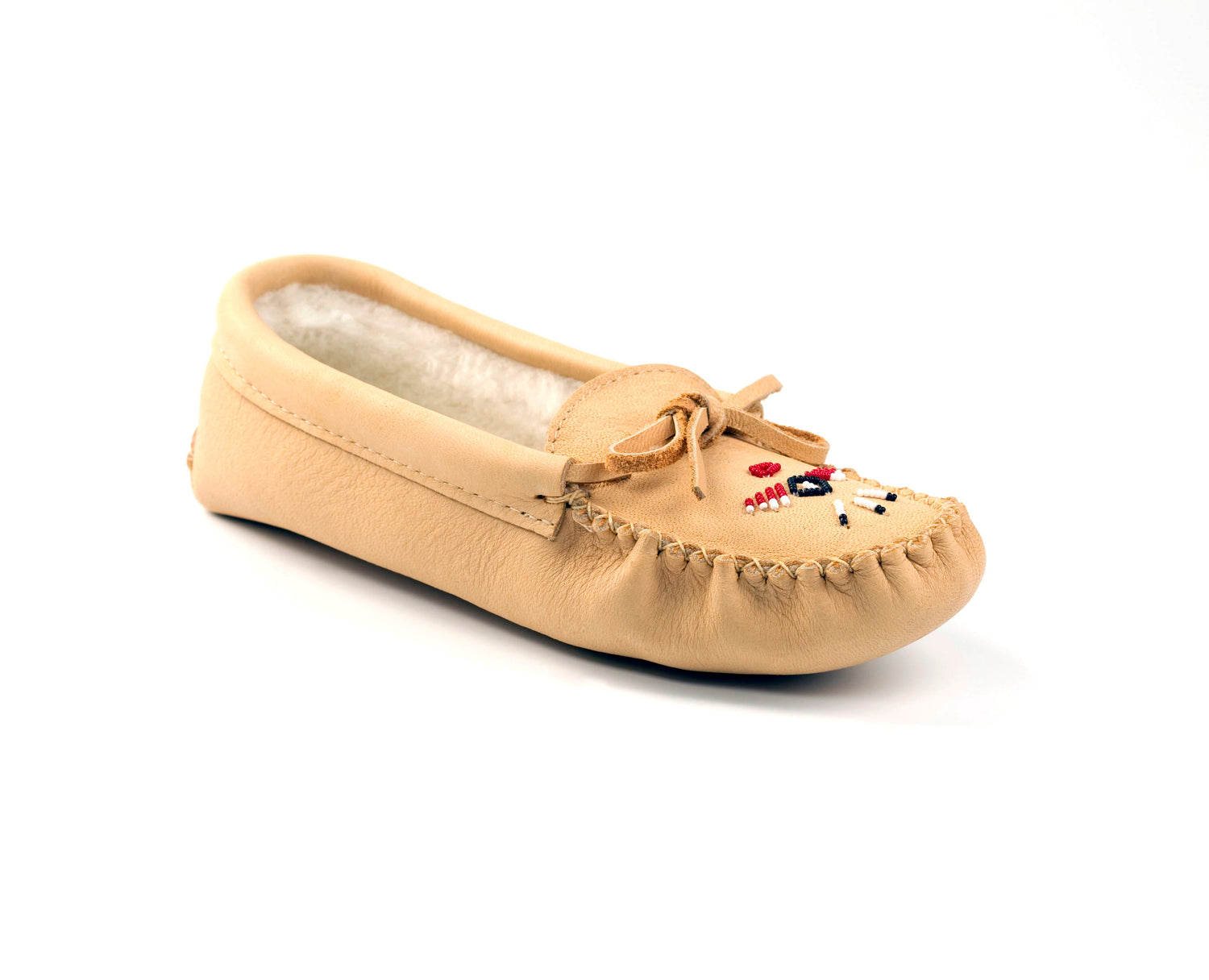
Turquoise: A Sacred Stone in First Nations Culture
Share

Turquoise: A Sacred Stone in First Nations Culture
Turquoise, with its captivating spectrum of blues and greens, holds a profound spiritual and cultural significance for many First Nations people across North America. More than just a beautiful gemstone, turquoise is often believed to possess mystical powers, connecting the wearer to the spiritual realm and offering protection from harm.
Throughout generations, turquoise has been deeply interwoven into the fabric of First Nations cultures. It has been cherished for its vibrant color, its perceived healing properties, and its deep spiritual significance. In many traditions, turquoise is believed to possess the power to bring good fortune, protect against evil spirits, and promote healing. It is often seen as a symbol of wisdom, strength, and harmony with the natural world.

Symbolism and Significance:
- Connection to the Sky and Water: The color of turquoise often evokes images of the sky and water, both vital elements for life. Many First Nations cultures associate turquoise with the sky, rain, and the life-giving forces of nature.
- Protection and Healing: Turquoise is often believed to possess protective powers, shielding the wearer from harm and bringing good fortune. It is often used in healing ceremonies and worn as amulets for protection.
- Spiritual Growth: In some cultures, turquoise is believed to enhance spiritual awareness, promote inner peace, and facilitate communication with the spirit world.
- Good Luck and Prosperity: Turquoise is often associated with good luck, abundance, and prosperity. It is believed to bring success in endeavors such as hunting, trading, and healing.
Cultural Expressions:
- Jewelry: Turquoise is widely used in the creation of jewelry, including necklaces, bracelets, rings, and earrings. Intricate beadwork and silverwork often incorporate turquoise, creating stunning and meaningful pieces.
- Ceremonial Objects: Turquoise is incorporated into ceremonial objects such as headdresses, pipes, and sacred vessels.
- Art and Decoration: Turquoise is often used in decorative art, including pottery, textiles, and painting.

Modern Relevance:
Today, turquoise continues to hold significant cultural and spiritual meaning for many First Nations people. It remains a cherished symbol of heritage, tradition, and connection to the natural world. In contemporary Indigenous art and jewelry, turquoise remains a prominent feature, connecting artists to their ancestral traditions and sharing these rich cultural expressions with the world.
Furthermore, the appreciation for turquoise has extended beyond Indigenous communities. It has become a highly valued gemstone in the global jewelry market, with many people drawn to its unique beauty and the cultural significance it represents. By incorporating turquoise into their designs, contemporary jewelers can pay homage to Indigenous artistry and contribute to the ongoing appreciation of these rich cultural traditions.
Note: This information is provided for general knowledge and does not represent the beliefs of all First Nations communities.
By understanding the deep cultural significance of turquoise, we can gain a greater appreciation for the rich artistic traditions and spiritual beliefs of First Nations peoples.



